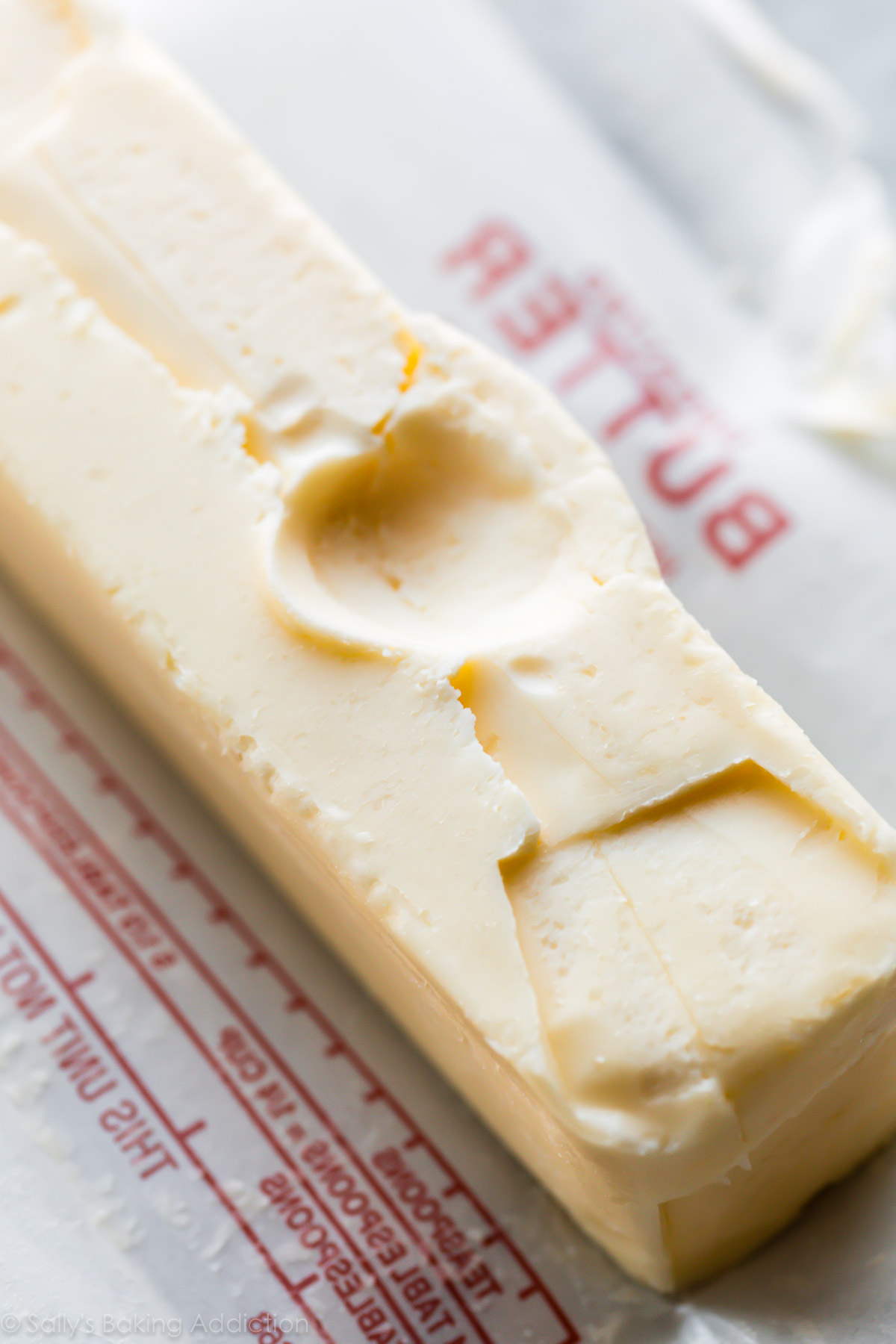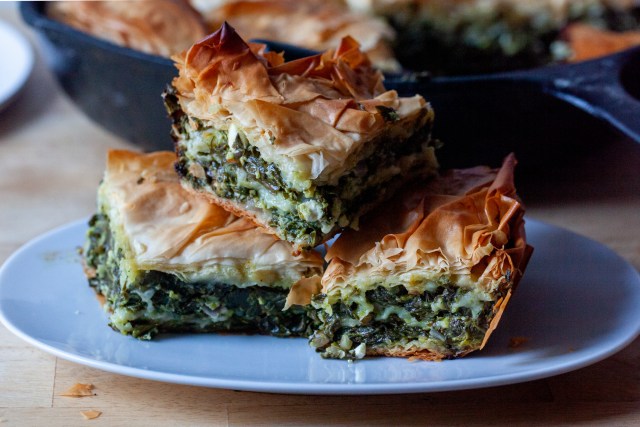Superfoods that are popular are often high in carbs, even if they are healthy and…

Here’s What Room Temperature Butter Really Means
Butter is the fine line between recipe success and recipe failure.

Did you know that the temperature and consistency of butter will MAKE or BREAK your recipe? This means that recipe success or recipe failure is literally in the hands of your butter. And I’m not exaggerating.
But the good news is that you can control this!
Whenever I work through recipe failures with bakers like you, I always ask about the butter. Most baking and dessert recipes begin with room temperature butter. This does not mean very soft butter. In fact, room temperature butter is supposed to be cool to touch.
And this is where some recipes are doomed from the very beginning.

These are my Vanilla Cupcakes with Vanilla Buttercream 🙂
Why is Room Temperature Butter Important?
“Butter softened to room temperature” is not listed just for fun. Recipe authors aren’t trying to make your life difficult when calling for room temperature ingredients. In fact, there’s legitimate science involved.
Most baking recipes begin with creaming butter and sugar together. Butter, a solid fat, is capable of holding air and the creaming process is when butter traps that air. While baking, that trapped air expands from the heat and produces a fluffy baked good. Not only this, room temperature ingredients bond together very easily since they’re warmer, creating a seamless and evenly textured batter. A smooth batter with trapped air = a uniformly textured and proper tasting baked good. Cold ingredients do not emulsify together. Period. This results in clumpy frosting, chunky cheesecake, dense cake, flat breads, and oily muffins.
In other words, complete recipe failures.
It’s literally my #1 baking rule: if a recipe calls for room temperature butter, use room temperature butter. It’s *that* important.

Room Temperature Butter is Colder than You Think
Room temperature butter is cool to touch and about 65°F (18°C), which might be colder than your kitchen. If your cakes are dense, you’re probably softening the butter too much. And butter that’s too warm causes cookies to overspread. But guess what? You have complete control to prevent these problems.
How to Bring Butter to Room Temperature
Sit out: Allow the butter to sit out on the counter for about 1-2 hours before beginning your recipe. The amount of time depends on the weather and how cool you keep your kitchen.
Test it: To test the butter, poke it with your finger. Your finger should make an indent without sinking or sliding down into the butter. The butter should not be shiny or greasy. It will be cool to touch, not warm.
- Sometimes our schedules don’t allow 1-2 hours for softening butter prior to beginning a recipe. Don’t take a shortcut and microwave the butter because it will not heat evenly. Even the slightest bit of melted butter means less aeration in your baked good. And, after reading above, you know that’s a big problem! But guess what? I have a foolproof trick for softening butter quickly. Works like a charm.
Room temperature butter is a must for red velvet cake.

Sometimes It’s OK to Skip the Fuss
Don’t have time to waste on room temperature butter? Here are several recipes calling for melted OR cold butter:
And Always Remember
If a recipe calls for room temperature butter, make sure all other ingredients are room temperature as well. This includes eggs, milk, and sour cream. When cold ingredients touch creamed butter, the butter will cool down and solidify again. And, as you read above, this sabotages the recipe. Place eggs in warm water for 10 minutes and/or microwave dairy ingredients (not butter!) for about 10 seconds prior to using.

More Tips to Make YOU a Better Baker
Q: What do you think about room temperature butter? I hope this has been helpful to you. Now get your bake on this weekend!



